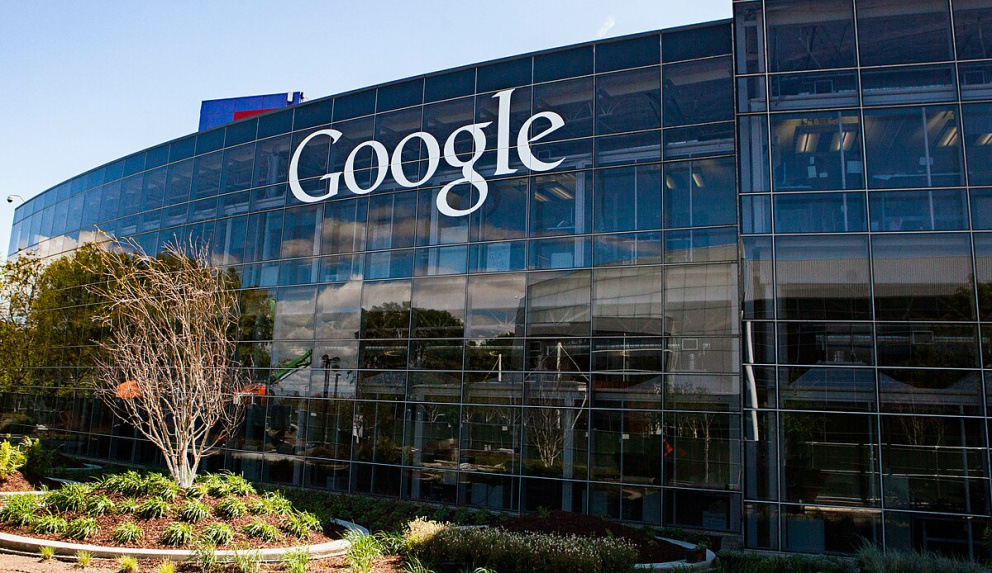What Is Google Veo 3 The Next Big Leap in AI Video Creation
Introduction
Google has been at the forefront of artificial intelligence
innovation, and its latest breakthrough, Google Veo 3, is set to
redefine video generation. Building upon the success of its predecessors, Veo 3
leverages cutting-edge AI to create high-quality, realistic videos from simple
text prompts. Whether for content creators, filmmakers, or marketers, Veo 3
promises to revolutionize the way we produce and consume video content.
What is
Google Veo 3?
Google Veo 3 is an advanced text-to-video AI model that
generates high-definition, dynamic videos based on user inputs. Unlike
traditional video editing tools, Veo 3 uses deep learning to interpret text
descriptions and transform them into visually stunning clips with realistic
motion, lighting, and composition.
Key
Features of Google Veo 3
- Enhanced
Video Quality – Veo 3 produces 1080p and 4K resolution videos
with improved frame rates, making the output smoother and more lifelike.
- Longer
Video Generation – Unlike earlier versions limited to short
clips, Veo 3 can generate extended sequences (up to 60 seconds or
more) while maintaining coherence.
- Advanced
Motion Control – Users can specify camera movements, object
transitions, and dynamic effects for more cinematic results.
- Multi-Scene
Generation – Veo 3 can create multi-shot sequences from
a single prompt, allowing for more complex storytelling.
- Style
Customization – Whether you want a realistic, animated,
or artistic look, Veo 3 adapts to various visual styles.
- Audio
Integration – Early tests suggest Veo 3 may include AI-generated
sound effects and voiceovers for a fully immersive experience.
Potential
Applications
- Content
Creation – YouTubers and social media influencers can quickly
generate engaging video content without expensive production setups.
- Advertising
& Marketing – Brands can create promotional videos in
minutes, tailored to different audiences.
- Film
& Animation – Independent filmmakers can use Veo 3 for
pre-visualization or even final shots.
- Education
& Training – AI-generated explainer videos can enhance
e-learning materials.
How Does
Veo 3 Compare to Other AI Video Tools?
While competitors like OpenAI’s Sora and Runway
Gen-2 offer similar capabilities, Google Veo 3 stands out with:
✔ Higher
resolution outputs
✔ Better
temporal consistency (fewer visual glitches)
✔ Tighter
integration with Google’s ecosystem (Workspace, YouTube, etc.)
Challenges
& Ethical Considerations
As with any AI-generated content, Veo 3 raises concerns
about:
- Deepfakes
& Misinformation – Google is expected to implement watermarking
and detection tools to combat misuse.
- Copyright
Issues – The model’s training data must respect intellectual
property rights.
- Bias
in AI – Ensuring diverse and fair representation in generated
videos remains a priority.
Availability
& Future Developments
Google Veo 3 is currently in limited beta testing,
with a wider release expected in late 2024 or early 2025. Future updates may
include:
- Real-time
video generation
- 3D
environment rendering
- Interactive
editing features
Conclusion
Google Veo 3 represents a quantum leap in AI-driven
video creation, offering unprecedented creative possibilities. While
challenges remain, its potential to democratize video production is undeniable.
As the technology evolves, we can expect even more groundbreaking applications
across industries.









